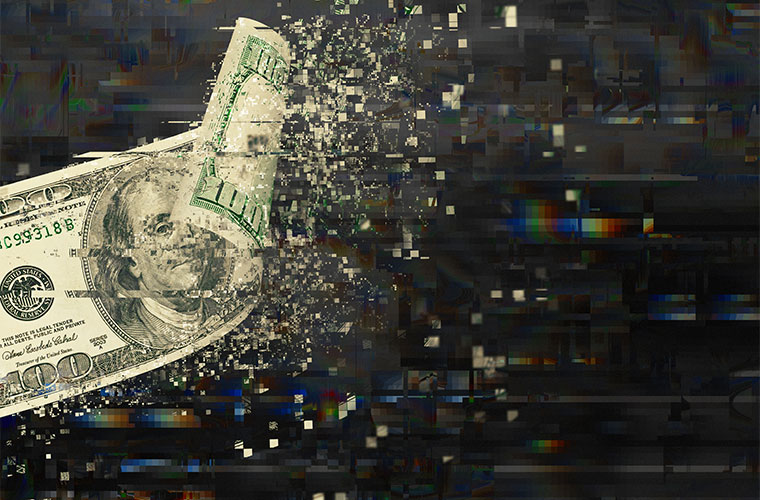Read Part 1 of this article series.
With lighting manufacturers announcing a new round of tariff-driven price increases on LED products, distributors share how they “soften the blow” for their customers.
With President Trump recently following up a round of spring 2018 tariffs on Chinese goods by announcing new tariffs of 10 percent on another $200 billion in goods – thousands of items, including many electrical products, among them – LED manufacturers across the industry have followed suit by announcing price increases to their distributors. In Part 2 of a two-part series, several distributors nationwide — including Jim Warshauer, president of New Jersey-based Warshauer Electric Supply (www.warshauerelectric.com), Stephen Shepps, LC, Lighting & Power Distribution Manager at Pennsylvania-based Schaedler Yesco Distribution Inc. (www.sydist.com), and a team from Illinois-based Springfield Electric Supply (Phil Beeler, Senior Director, Procurement & Supplier Relations, Drew McMinn, Regional Vice President, and Jarit Meade, Regional Vice President) (www.springfieldelectric.com) — share their tips for communicating price increases to their customers and ways to help their customers stay ahead of them.
lightED: How do you explain price increases to your customers and what strategies do you use to ‘soften the blow’?
Warshauer: We roll out price increases by announcing them to our sales force manufacturer by manufacturer and, where we can, will encourage customers to take advantage of a buying opportunity before the increases take effect.
Shepps: We haven’t standardized on any one method to “soften the blow.” Since the beginning, our strategy has been to inform our customers of the price increases as soon as we can to allow them as much time as possible to make decisions about current pending orders and to address with their customers and building owners the possibility of expediting pending projects.
McMinn and Meade: We’re proactive and straightforward in communicating price increases and find that it’s easier to share and explain the increase based on the information provided from the representative. Current economic conditions dictate increased pricing and that’s the message we relay to our customers.
lightED: In your experience, how do contractors and other customers typically take the news?
Warshauer: Electrical contractors are used to price changes and increases. With copper and steel commodities, for example, price fluctuates daily, so wire pricing changes daily and lighting is no different; these increases aren’t a shock to our customers and they aren’t ignorant to what’s going on in the world and the economy. Sometimes our customers will go to our competitors to verify and “legitimize” a price increase, but that likely happens at distributorships across the board.
Shepps: While none of our contractor customers is happy at first, the speed with which we’re letting them know about the price increases gives them time to explore escalation clauses in current contracts as well as allowing them to expedite order releases on other pending projects. I would assume that in some cases it actually allows them to close some orders faster, as they can push owners to move forward with projects in order to get their material on order and beat the price increases. We’ve received communication back from several customers thanking us for informing them so quickly and allowing them to act on our information.
McMinn and Meade: Customers don’t always receive increases well, especially when they’re project-related, so early notification is key in order to work through potential issues related to the specific increase.
lightED: Is there a way to stay ahead of price increases so that customers know they’re coming and/or can prepare?
Warshauer: Theoretically it would be very good to alert customers ahead of time that these price increases are coming, but that’s been a little difficult because they’ve been happening so fast.
Shepps: We just keep talking about them every chance we get. The more informed we keep our customers, the more trust they have in us.
McMinn, Meade, and Beeler: Proactive and consistent communication between lighting manufacturers, reps, distributors, and end users is crucial throughout the planning and implementation of any project. Sharing “good” news is welcomed, but sharing “bad” news is critical. We need to communicate well in the distribution channel and it helps to work closely with your reps and ask questions about increases. Early notification is key to preparing for increases because it allows time to evaluate your inventory and make necessary adjustments ahead of the increase. Furthermore, project managers can prepare early releases or enter hold-for-release orders to avoid losses for the contractor.
Tagged with best practices, lightED, pricing